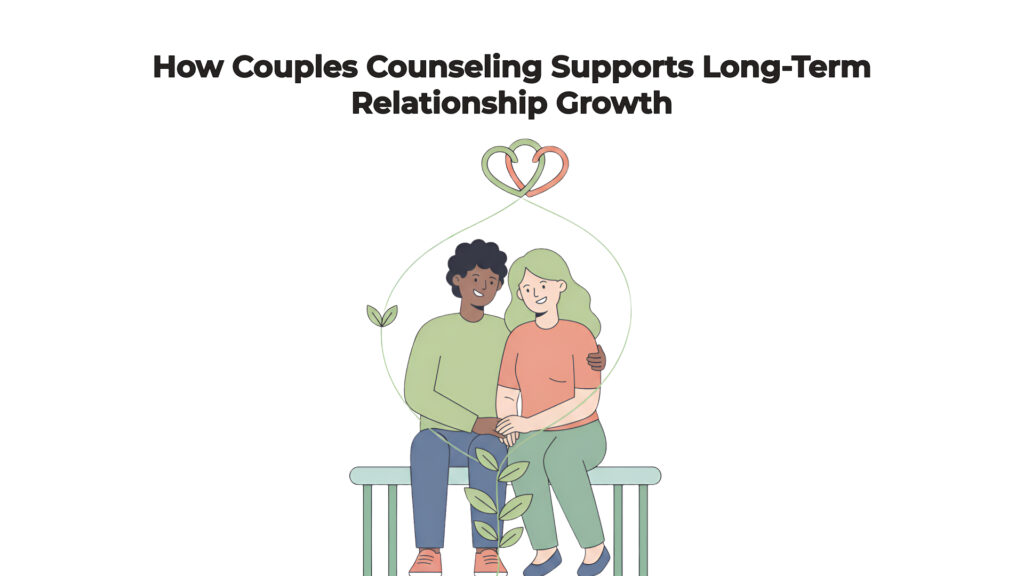I didn’t know what to expect the first time I walked into a community drum circle. I wasn’t a musician. I’d never played an instrument in my life—unless you count banging on pots as a kid. But something about the idea of drumming with others felt… alive.
It wasn’t a concert. It wasn’t a class in the traditional sense. It was a circle—and that made all the difference.
This is what it’s like to join a drum circle at ADE JEMBE FOLA, and why it might be exactly what you didn’t know you needed. ADE JEMBE FOLA translates to “Royal teacher bringing people together.”
You Hear the Beat Before You See the Room
As I approached the space, the sound reached me first: pulsing, layered, alive. The kind of rhythm that vibrates through your bones and makes your shoulders bounce before you realize you’re moving.
Inside, chairs were arranged in a circle. Djembes and dunun drums stood waiting. Some people were already tapping simple patterns. Others smiled at newcomers like me. No judgment. No pressure. Just rhythm.
And then, the leader—Jamil Adewale Kasumu himself—welcomed us in with the warmest grin I’d seen all week.
The First Beat Is the Hardest… Until It Isn’t
When the drum was placed in front of me, I hesitated. What if I messed up? What if I had no rhythm?
But then the group started. Jamil Adewale Kasumu gave a simple beat, and we followed. My first few hits were stiff. But no one cared. They were too busy drumming—and feeling.
Soon, I stopped thinking. My hands moved with the circle. My breath synced with the rhythm. I lost track of time. I smiled—without meaning to.
This Wasn’t a Lesson. It Was a Conversation.
Drumming in a circle isn’t like playing music alone. It’s interactive. You listen as much as you play. You feel when to lead, when to hold steady, when to lift the energy.
There were moments when someone in the circle let loose—adding flair or increasing tempo—and the whole group responded. Call and response. Build and release. It was like a jam session fueled by instinct, not ego.
I had no idea rhythm could feel so human, so collective, so… tribal.
It’s About More Than Music
By the end of the hour, my hands tingled. My heart felt light. Something had shifted.
I’d released tension I didn’t know I was carrying. I’d connected with strangers without saying a word. I’d been seen—not for how I looked or what I did for a living, but simply for being part of the rhythm.
This wasn’t therapy, but it was therapeutic.
This wasn’t a workout, but my body moved.
This wasn’t church, but I felt spiritual.
Who You’ll Meet in the Circle
There were people in their 20s and people in their 70s. Parents and teens. Some had drummed for years. Some (like me) had never touched a drum before that day.
One woman said it was her weekly ritual for stress relief. Another said it helped her recover from depression. A man brought his son—“We come here to connect without screens.”
Everyone came for different reasons. But we all left feeling more human.
Why You Should Try It (Even If You’re Nervous)
If you’ve ever:
- Felt isolated or disconnected
- Struggled with anxiety or overthinking
- Wanted to try something creative but low-pressure
- Craved a sense of community…
…then a drum circle might be exactly the rhythm you need.
You don’t need lessons. You don’t need talent. You just need willingness—to listen, to try, to feel.
Want to Experience It Yourself?
Whether you’re a beginner, a busy parent, a stressed-out professional, or simply curious about African culture and rhythm, the Weekly Community Classes at ADE JEMBE FOLA are the place to start.
They’re warm. Welcoming. Open to all.
Drums are provided. Just bring yourself.
Final Beat: The Circle Is Waiting
There are few things in life as instantly healing as shared rhythm.
You show up. You sit in the circle. You touch the drum. And before long, you’re not just playing the beat—you’re becoming part of something bigger.
It doesn’t matter who you are. The circle welcomes everyone.
So go. Sit down. Hit the drum.
You might just find your rhythm—and your people.
